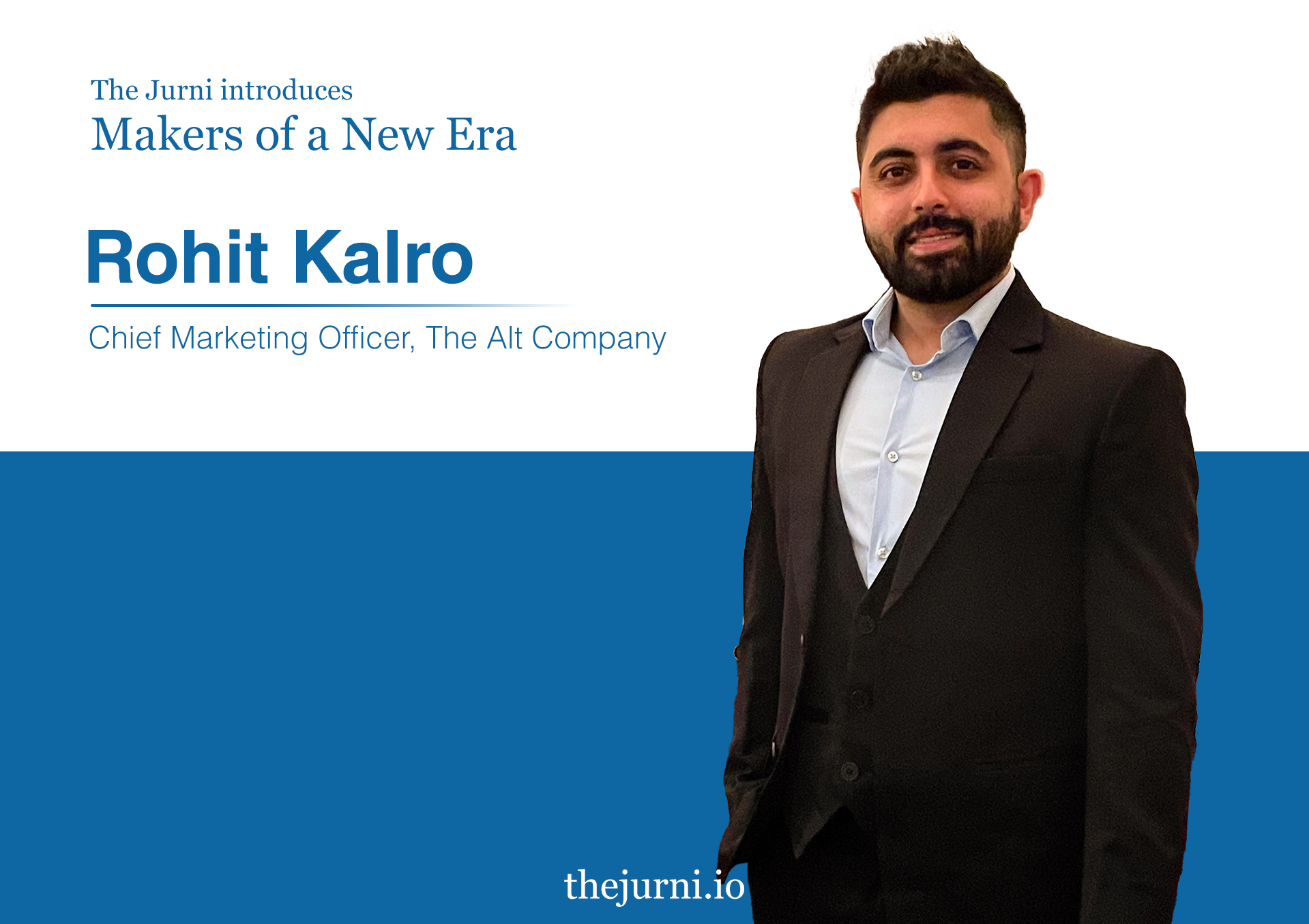
Rohit Kalro, the CMO of Alt Company, tells us all about marketing oat milk in an milk-loving country
Milk, especially in India, is considered a staple. If your mind also goes to “Doodh, doodh, wonderful doodh,” you aren’t alone. But, with the rise of veganism, more and more people are turning to dairy alternatives. And though marketing this alternative lifestyle can be a challenge, an even bigger one is making it accessible.
Enter: Rohit Kalro, the CMO of Alt Company. The India-based oat milk company aims to give consumers a sustainable, affordable, and healthy alternative to milk, especially since “60% of Indians are lactose intolerant and most of them don’t even know it,” Kalro tells us.
Kalro spoke to us about what makes a brand – from messaging to font and even packaging – as well as breaking into the milk-loving Indian market, sustainability, and lactose intolerance (no joke!).
Read the full conversation as part of our series ‘Makers of a New Era’.
You work for The Alt Company, a company that gives alternative options for dairy products. How does that work in a country like ours? What are some of the challenges you face and how do you overcome them?
I think the last year was very challenging for us, but that being said, our product has spoken for itself and is available across some of the best coffee chains and roastries around the country.
I think we are blessed with the fact that a lot of Indians are well travelled and also very mindful about their consumption patterns. By bringing the first oat milk into the country, we were bound to face a lot of questions and challenges in converting people to try and consume our product on a regular basis. But once people try oat milk – which is naturally tastier – I am sure there will be no going back.
On the challenges bit, we overcame most of them by making sure all our online and offline communication gave the right amount of details and information about the product and its multiple uses, something that is also mentioned on the packaging in quite a cheeky manner.
Is sustainability a big part of your business model? If so, tell us a bit more about that.
It definitely is the pillar on which we are building the company. But there’s still so much more to do. Also, seeing bigger brands across all beverage sectors move away from single-use plastic and explore sustainable options clearly shows that it's not just a few but all sectors and brands that are looking to move to more sustainable options. It’s also very cost effective, so that’s a big plus!
My dear friend and partner Basan Patil is a strong believer in making sure we do as much as possible and turn Alt Co. into a brand that not just cares for its consumers, but also the planet. We aim to reduce single-use plastic, be it with our packaging or the event set ups we curate.
You have spoken at length about phygital retail. Please tell us more about that and how you think it could affect the markets in the future.
It’s a cross between giving consumers a hands-on experience of the product and pushing them to buy it online. What this business model does is that it allows a lot of brands to save on various costs incurred in setting up a physical store and running it.
With covid and footfalls at a bare minimum, this also allows brands to focus on the online aspect of the business and convert their savings from a physical store into ad budgets for campaigns.
It’s something that’s trending and makes business sense at the moment. I personally feel a lot of young brands will adopt this model as it makes financial sense and also gives them the visibility that they require to create brand awareness and recall.
Do you think any country or place in the world is turning to plant-based alternatives in a healthy and accessible way? What can we learn from them?
Almost a third of the UK's population is exploring plant-based alternatives across the F&B sphere. There are multiple startups abroad that are actually thriving and growing rapidly due to this sudden shift in lifestyle. Netherlands, Scandinavia, and the United States are not far behind either with their efforts to ramp up this alternative market. There is even a European Union fund set up for plant-based start ups to help them innovate and develop manufacturing and research units. This is all being done to reduce carbon emissions and urge other brands and players in various segments to have sustainability as a core aspect in their businesses.
We grew up with the slogan “milk is good for you”, and were even encouraged to drink it in our adult lives. How difficult is it to change this perception, so imbibed (no pun intended!) since childhood?
I was hoping this question wouldn’t come up, haha! I completely agree with you and the phrase is something that literally EVERYONE has grown up listening to.
We are a country full of people who are evolving and have the urge to try new things and products. “Changing the mindset” would be the wrong term as it is almost impossible to do that; but it is about educating and showing consumers that plant-based milks are actually tastier, lighter on the body, and contain the same nutrients when compared with regular milk.
In a country like ours, cost is always going to be a differentiating factor when you compare any alternative dairy product to regular milk, and we hope to one day make it even more affordable than it already is.
Apparently 60% of Indians are lactose intolerant, which is astounding considering the importance still placed on milk and dairy products. Do you see the younger generation making healthier choices, perhaps because of access to information/research?
Let me rephrase that, apparently 60% of Indians are lactose intolerant and most of them don’t even know it! We, too, have done some reading on this and it truly is astounding that even though this is the case, most of them still consume regular milk.
We definitely do see the younger generations leading this change, which is why our social media communications have to be spot on. It has to be quirky, especially for someone who consumes so much content on a regular basis. It is vital to stand out while also saying the right things to help ease people into making a switch to an alternative lifestyle.
Please tell us a little bit about how and why you got into marketing.
I loved storytelling from an early age, but little did I know that it would become a part of my career. Back in college, when we had to pick between Finance or Marketing, I was clear that I was never opting for the former. But my real passion for marketing came to life during my stint at BIRA-91, and as a franchise partner for Keventers.
That is when I really saw the power that great marketing had with regards to building successful brands in the Indian ecosystem. To witness the disruption they caused and how they were giving some of the biggest brands a run for their money was amazing to me!
Marketing has always been something that comes naturally to me. Even with Alt Co., when we decided to take on the mammoth task of introducing oat milk to consumers in India, we wanted to create a brand that would stand out from the usual design that most Indian brands follow, that is, adding a basic image around some text. We wanted to be more than that and hence, we leveraged the beauty of illustrations + informative text along with a beautifully designed logo that stands out.

Awake. Hydrate. Meditate.
All of us have different morning routines that set the mood for the day. And, to be honest, not all of them work. So, how can you make the best of the beginning? Here’s what neuroscientists say:
⏰ Don’t wake up to a blaring alarm. Waking up mindfully, and even making time for meditation in the morning can help manage stress better, and also enhance creativity, learning, and focus. Can’t wake up without an alarm? Try these alternatives to ease you into the day.
? Water, not caffeine. And don’t eat first thing in the morning. How your gut is treated has a direct impact on the brain. So, include foods like fruits, vegetables, nuts, whole grains, and seeds in your morning meals.
?♀️ And finally, work out! Not only does exercise improve oxygen flow to the brain, but also enhances its ability for mindfulness and making new connections, while reducing the possibility of memory loss.

I Think, Therefore I Can’t
Don’t get us wrong – thinking is one of the greatest abilities we possess. It helps us reflect, innovate, create, and even doubt, which catalyses our growth, and also acts as critical proof of our existence… if Descartes is anyone to go by. But, let’s be honest – just like Rooster in the latest Top Gun instalment (a must-watch, if you haven’t already!), we’ve all been in situations where we’ve indulged our thoughts, leaving us with little to nothing to show for them.
Overthinking, which usually involves ruminating on an issue, or incessantly worrying about the outcome, can be a major deterrent to your KRAs. But overthink not – we’ve got you covered.
The first step to inculcating proactivity is keeping your eyes on the goal. Know what you want to achieve, and work backwards to create a plan to achieve it. And most critically: stay on track. The initial burst of inspiration often fades, but what will keep you going is a clear vision, are celebrations of each mini-goal you cross along the way!
The second trick is to look at failures as learnings. Don’t be afraid of getting something wrong – you’re only human. But every time you do, learn from it, and use it to constantly improve. And finally – don’t forget to have fun. After all, all work and no play makes Jack (or Jasleen) a dull boy (or girl).

Clear Thinking for the Everyday
While we often look for diamonds among the gold, it is crucial to remind ourselves that they are all valuable. But sometimes, it is not about having it all but that one thing that really moves you.
It is the power of thought that has brought mankind to where we are – the ability to conjure thought that can be translated into reality. As a designer that is exactly what I have to do – not just think, but think outside the box.
But what if I thought around the box or over it? Bam! There is no box. Let's keep it simple. That’s what this piece meant to me.
#JurniMore: I go by the words "slow and steady" as there is no race, but only a lot to explore on this Jurni. What inspires me most are the mountains with a cup of warm tea and some Maggi, to be precise. :)
Rohan Narula, Multimedia Designer
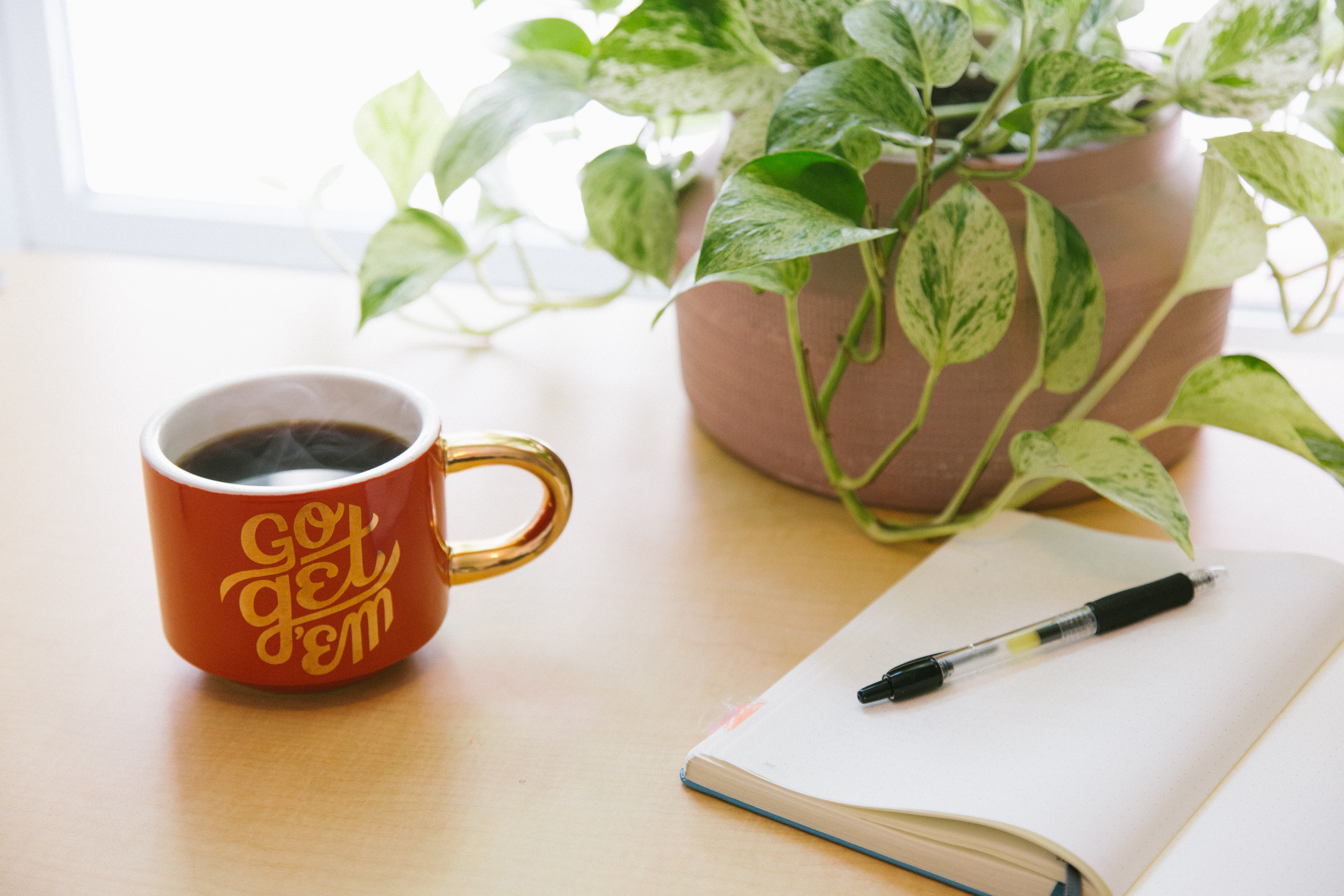
Rituals, Not Routines
Mark Cuban once said that the best of discoveries are borne out of the smallest vexations. As did Mason Currey’s discovery of rituals. His grew out of his inability to write without distraction. One thing led to another, and his fascination with the working habits of famous writers, whose days were seemingly subsumed by creative work, showed him that even writers like Franz Kafka and Virginia Woolf found writing to be an arduous task. What made it easy were daily rituals.
Unlike a routine, a ritual is an activity that eases a person into a focused mindset. “Rituals create and mark a transition towards a different kind of mental or emotional state,” Curry says.
With life returning to a new normal, rituals can help enrich one’s lives. Here’s how some flourishing professionals do it. Just remember, rituals are not just mechanical habits, they must have intention. They’re meditation if you will.
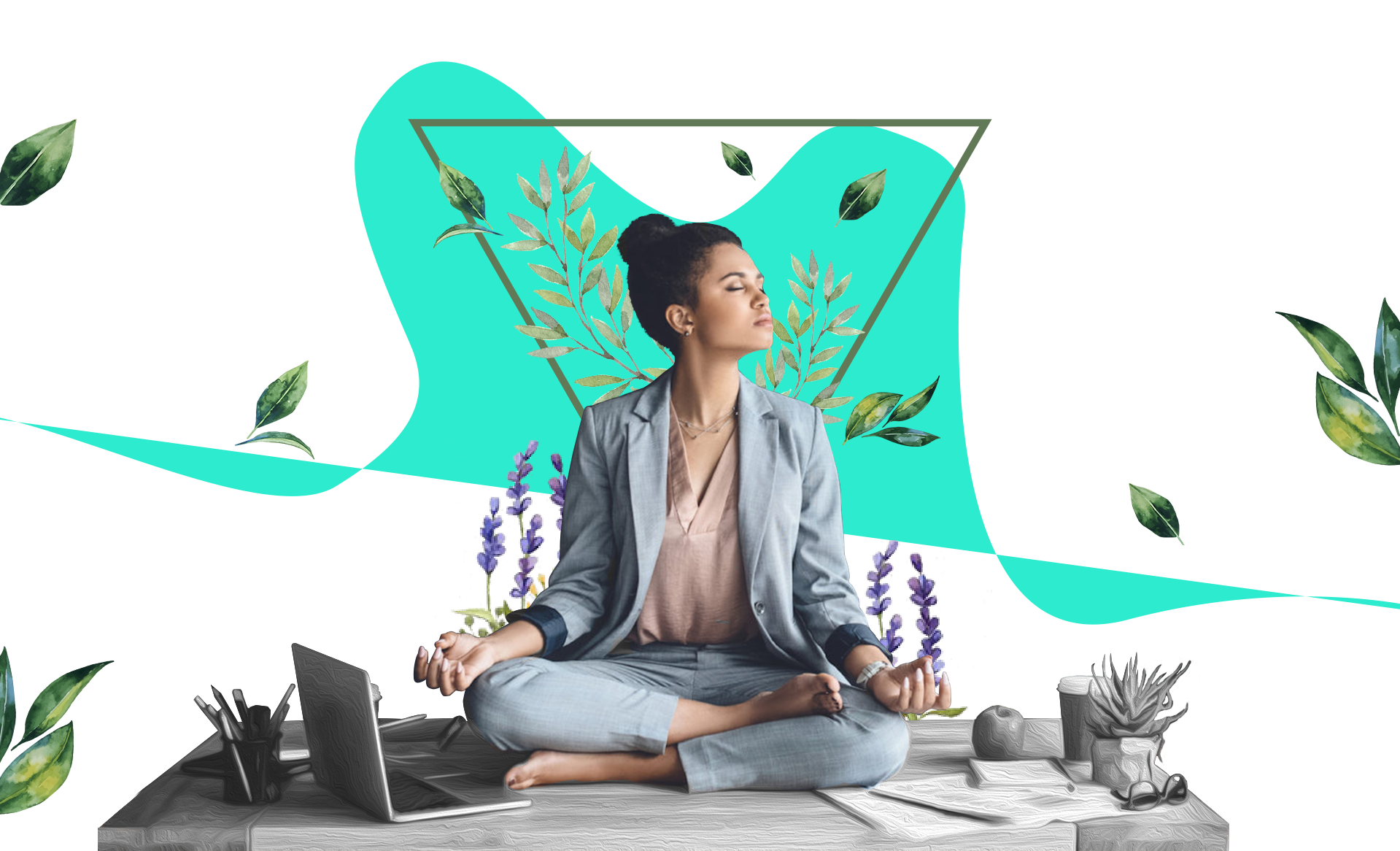
Silence Really Is Golden
To stay ahead at work, we have always been asked to keep our ears open and listen – to experts, podcasts, the news, our mentors. And while these have always provided great insights, no doubt, researchers across disciplines of neuroscience, psychology, and cardiology are asking us to listen to something very different – silence.
For a long time, unwanted noise has been associated with anxiety as it is known to activate our stress hormones. But more recently, researchers have focussed on silences, to study what they can do for our brains. This recent article in Time magazine highlights their results, which show that “’trying to hear in silence’ can demonstrably accelerate the growth of valuable brain cells” – especially those that help with memory retention.
The article traces the history of this idea to the times of the Greek polymath Pythagoras, who would advise his inner circle pupils to “Let your quiet mind listen and absorb the silence” as well as the proponents of Nada Yoga, who asked participants to notice the sounds around them, including the ringing in their own ears. Basically, listening to the age-old advice of creating a silent hour in your routine and meditating does help.
And, in case you’re a “fidgety sceptic” who finds it hard to sit still and meditate, The Sydney Morning Herald has some tips to help!
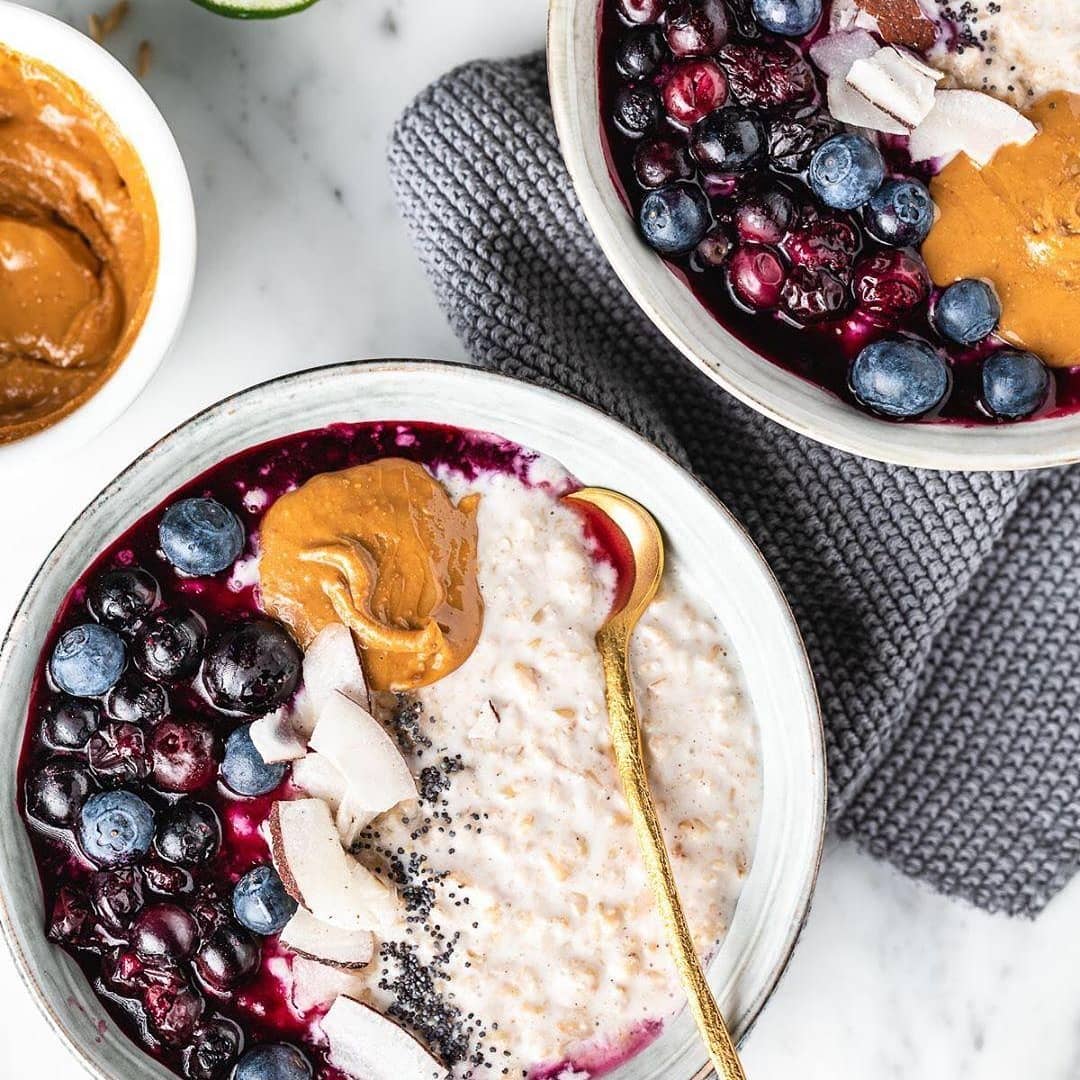
Totes Oats
Breakfast is often labelled as the most essential meal of the day, and rightfully so. But we expect our breakfast to give us a lot — health, decadence, comfort, and convenience. And while it may seem like a tall order, we’ve found just the thing to get us all that in one meal. Enter: overnight oats.
Overnight oats are raw, rolled oats that are left overnight soaked in milk, alt-milks like almond or coconut milk, or yoghurt. All you have to do is add oats to a jar along with chia, sunflower, or flax seeds. You can also add dry fruits, honey, cinnamon, vanilla essence, peanut or almond butter or any other flavour of your choosing.
Then, add enough milk to submerge the oats, close the lid and leave it overnight in the fridge. The next morning, you’ll have your soft-textured oatmeal ready. You can also blend the concoction for 15-30 seconds for better consistency. Some people top their overnight oats with fruits. You can get some ideas for your recipe here.
Overnight oats contain many vitamins and minerals, including manganese, phosphorus, magnesium, copper, iron, and zinc. Perhaps the best part is that you can mostly prepare your breakfast the night before and not skip the meal in the rush of things in the morning.
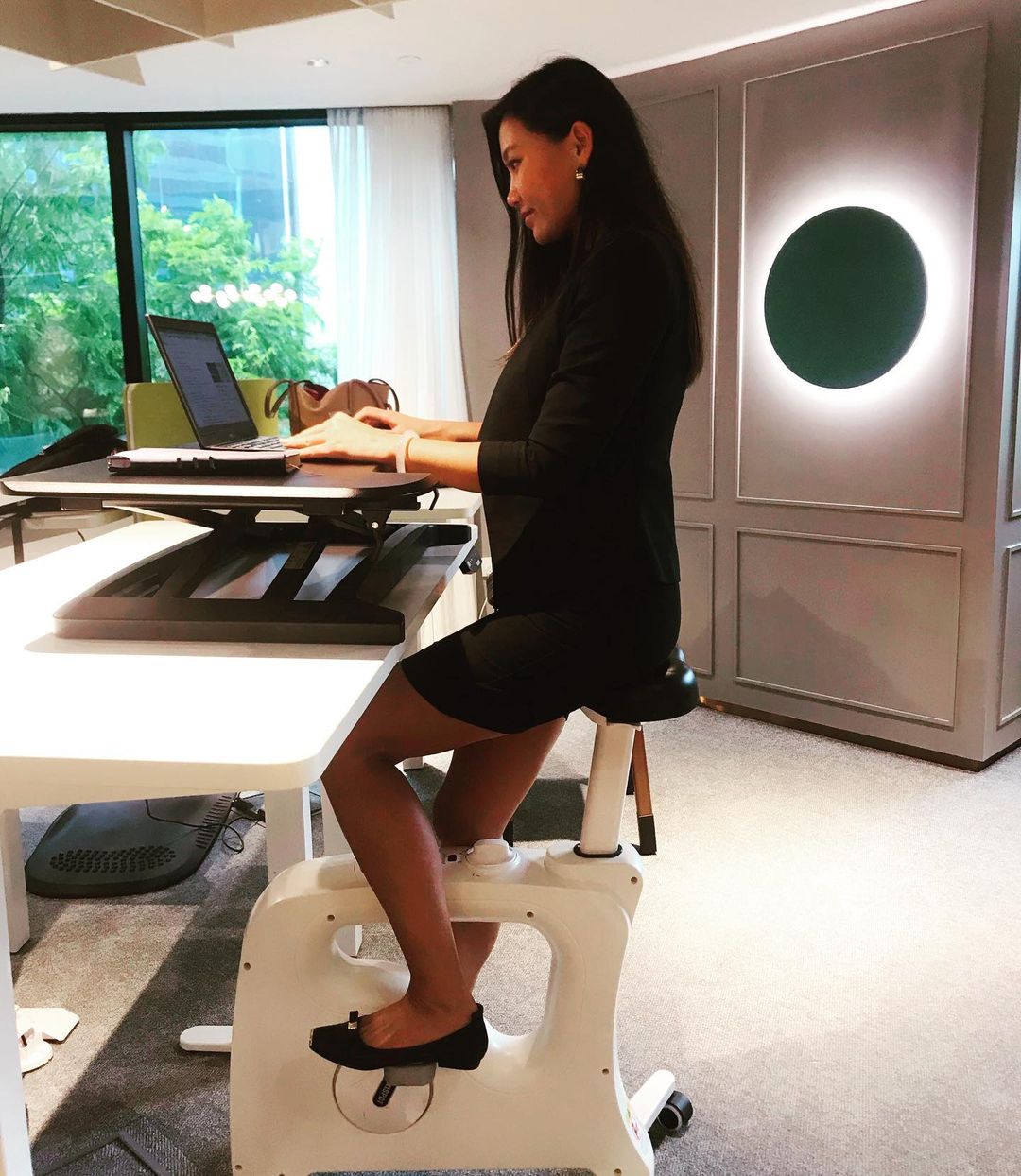
Exersnacking
The phrase one step at a time has become almost like a pinned quote on Instagram (and the usual advice from the wise ones in our friends circle). Well, we aren’t complaining because it seems to work. But using a similar motto for exercise can be equally life-changing and make working out seem less daunting.
Think of it like snacking, but for exercise. Let’s face it, the most difficult part of an exercise routine is starting it. The moment we think of running for 30 minutes or more, some of us run for the hills (in our heads). But it doesn’t have to be that way. “We need to get away from an all-or-nothing approach and embrace a philosophy of something is better than nothing,”John Jakicic, a professor at University of Kansas Medical Center, told the Wall Street Journal recently.
There has been a marked increase in the number of people who follow a sedentary lifestyle. We are either working at our desks or binge-watching on the couch for almost 12 hours a day. Taking a break from sitting every couple of hours, and performing a ten-minute exercise – which can be anything from dancing, to playing with kids in the park or just a brisk walk, can do more for you than you think.

Run like a Master
We’ve said this before, and we’ll say it again – a runner’s high is unlike any other. Feeling your heartbeat as the wind brushes against your frame. Finding the rhythm and balance in your movement as the euphoria takes over. Sensing your mind unlock as your cognitive and mental abilities improve. If there’s one thing a working professional must include in their routine, it’s a good workout – and running is a great one!
Having said that, running doesn’t come without risks. As we get older and our bodies begin to change, the probability of getting injured increases. But fret not! Just like the 100-year-old grannies competing at national and international level Masters games this year, you too can prep your body to run faster and prevent injuries.
The very first thing to keep in mind is pace. If you’re just starting to run, or have noticed your body unable to take the same pressures as it once did, slow down. Instead of running more, aim to run smarter – identify your comfort with speed and push it in intervals of short sprints. With time, you’ll recognise your body beginning to adapt to more intense sessions.
And while warm-ups are the key to taking care of your body, strengthening specific muscles can go a long way in supporting your body in the long run (literally). For a detailed guide to running safely, follow this link.
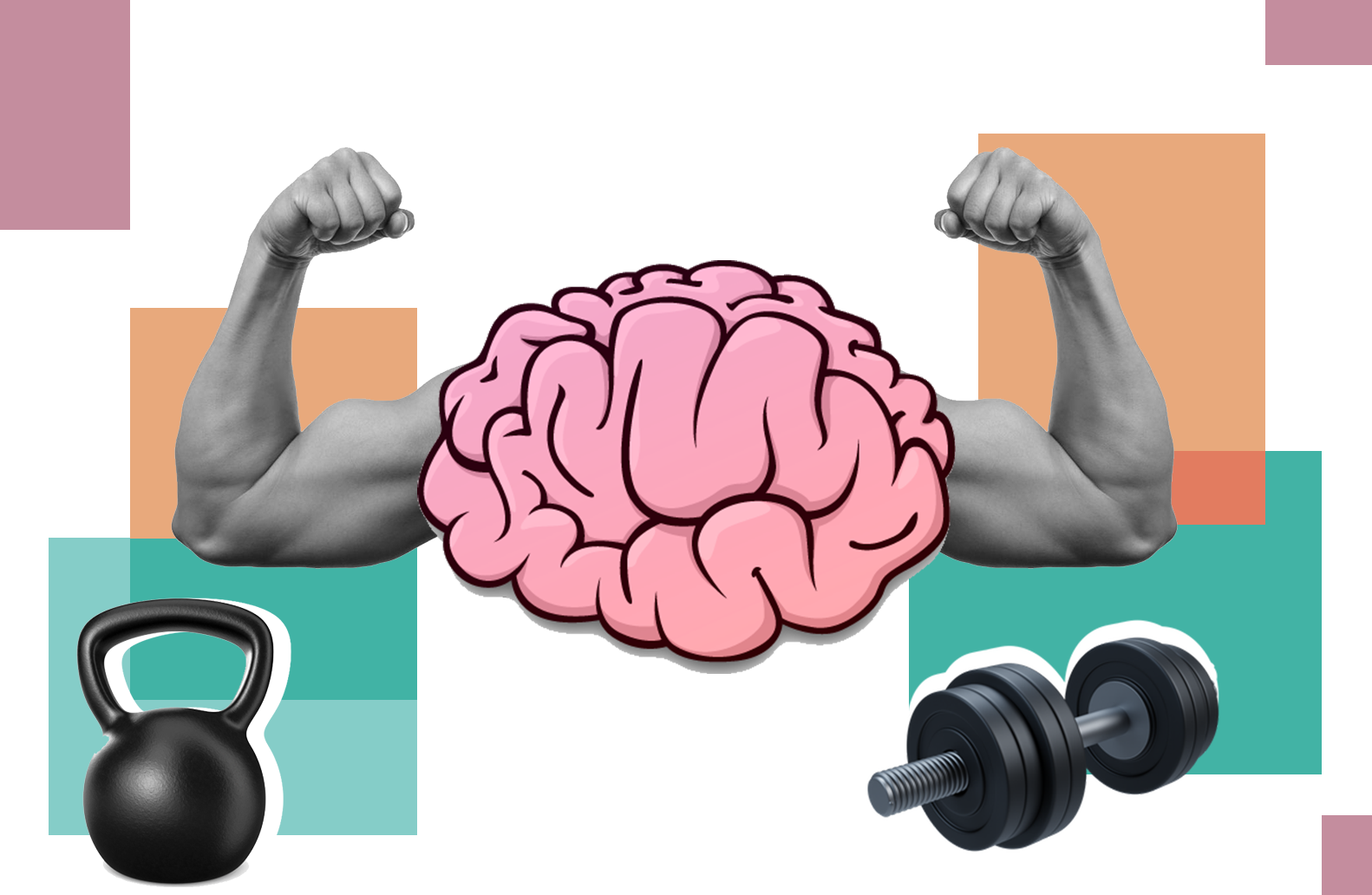
Brain Gain
Our brains are one of our greatest assets – they allow us to think, learn, and process information. However, like any other organ in our body, they need proper care to perform well. So, how do you enhance your brain’s processes? And how can it help you at work? We look into several ways that can help improve our brain power and enhance our cognitive abilities.
One simple way to boost brain function is by shifting the mode of working. Our brains can get used to routine tasks, and so, by switching up tasks or environments, we can challenge our brains to think differently and create new neural pathways.
Physical exercise is also essential for brain health. Studies have shown that exercise can improve cognitive function, memory, and mood. Exercise increases blood flow and oxygen to the brain, which can enhance its capabilities.
On the other hand, a healthy diet rich in antioxidants, vitamins, and minerals can play a crucial role in age-related decline. Also, drinking plenty of water can prevent impairing our cognitive abilities.
Finally, getting enough rest is crucial too. During sleep, the brain consolidates memories and processes information, so getting enough rest is essential for optimal brain function.

Get the Balance Right
What are a few practices you swear by to maintain a good work-life balance? A study conducted by Arcadis – a consultancy firm in Amsterdam – a few years ago, found that Indians work 2,195 hours (on average) yearly, unlike Hamburg, Germany, ranked among the top 3 cities for work-life balance in the world, which had workers putting in 1,473 hours. And, the numbers have only been going up. Though it is essential to acknowledge situational differences (at least to some extent), we were curious to find out what some countries do differently to achieve this equilibrium.
Turns out, a lot can be changed with minor tweaks
For instance, in France, one of the top ten countries where employees enjoy a good work-life balance, conversations apart from those revolving around work are highly encouraged, especially around subjects such as art, design, and literature. The practice of conversing is steeped in French culture, and helps workers to not constantly think about work but develop well-rounded thinking. The ‘right to disconnect’, which prevents employees from being liable to reply to emails or texts after work hours, or even their sacrosanct lunch hours are some other great examples.
In Sweden, the answer lies in a sweet practise (literally)
In many Swedish companies, it’s mandatory for all workers to have a designated time for fika — which translates to munching sweet treats, drinking coffee, and chatting. “More than a coffee break, fika is a time to share, connect and relax with colleagues. Some of the best ideas and decisions happen at fika,” Matts Johansson, founder of Swedish coffee chain Da Matteo, told the BBC. The practice has become a global trend, with several cities in the US and Australia adopting it to boost productivity.
But how do we know what works for us?
Many countries have unique practices that ensure a good work-life balance for workers. But like any individual, every country has its own needs, mindset, and culture. What might work for someone else might not always work for us, but flexibility is key to understanding what does. And, if work-life balance is what we are striving for, India will have to be open to experimentation. Anyone else thinking about embracing the four-day work week?